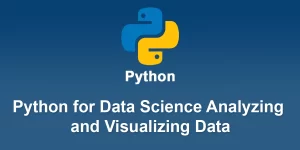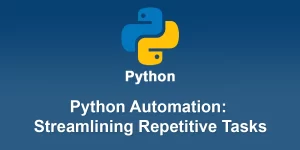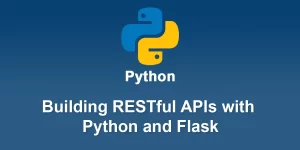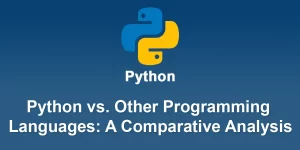Data Science with Python: Unleashing the Potential of Pandas and NumPy
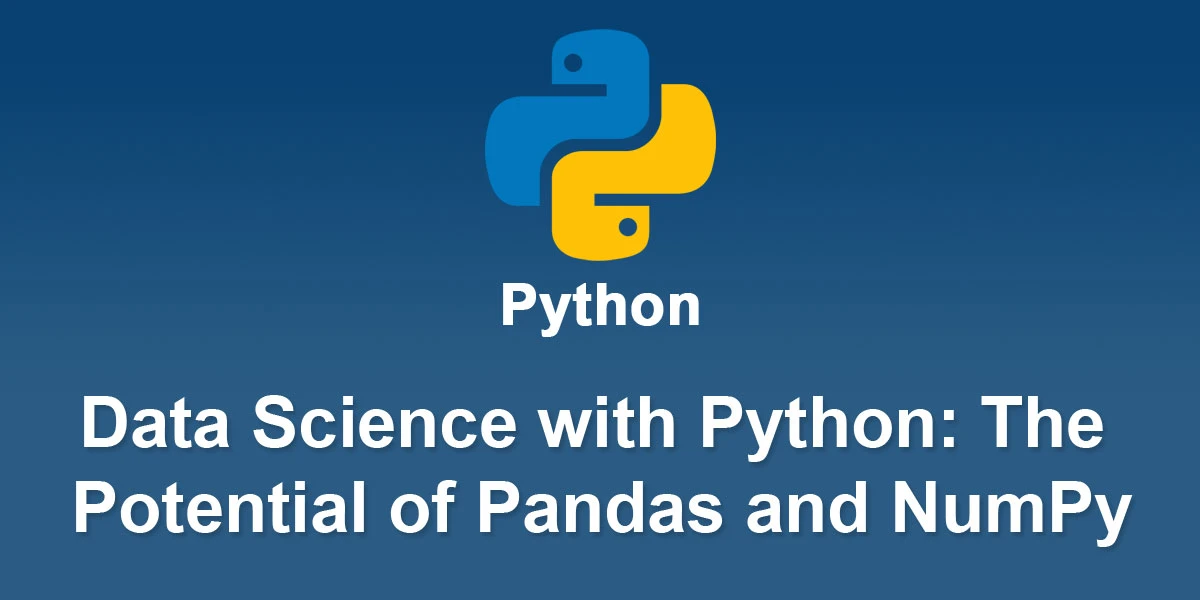
Data Science with Python often involves using powerful libraries such as Pandas and NumPy. These libraries provide essential tools for data manipulation, analysis, and visualization. Let’s explore how you can unleash their potential:
NumPy:
1. Arrays and Operations:
- NumPy provides efficient array operations. Use np.array() to create arrays.
- Leverage array operations for mathematical computations. Broadcasting helps perform operations on arrays of different shapes.
import numpy as np # Creating arrays arr1 = np.array([1, 2, 3]) arr2 = np.array([4, 5, 6]) # Array operations result = arr1 + arr2
2. Random Module:
- Generate random data for simulations or testing using ‘np.random’.
# Generate random numbers random_data = np.random.rand(3, 3)
3. Indexing and Slicing:
- Access and manipulate specific elements or subarrays.
# Indexing and slicing arr = np.array([[1, 2, 3], [4, 5, 6]]) element = arr[0, 1] subset = arr[:, 1:3]
Pandas:
1. DataFrames:
- Pandas DataFrame is a powerful data structure. Create, manipulate, and analyze tabular data.
import pandas as pd
# Creating a DataFrame
data = {'Name': ['Alice', 'Bob', 'Charlie'],
'Age': [25, 30, 35],
'City': ['New York', 'San Francisco', 'Los Angeles']}
df = pd.DataFrame(data)
2. Data Exploration:
- Use functions like ‘head()’, ‘info()’, and ‘describe()’ to explore the dataset.
# Data exploration df.head() df.info() df.describe()
3. Data Manipulation:
- Filter, group, and transform data efficiently.
# Filtering data
filtered_data = df[df['Age'] > 30]
# Grouping data
grouped_data = df.groupby('City').mean()
# Adding a new column
df['Salary'] = [50000, 60000, 70000]
4. Handling Missing Data:
- Pandas provides functions like ‘dropna()’ and ‘fillna()’ to handle missing values.
# Handling missing data df.dropna() # Drop rows with missing values df.fillna(value=0) # Fill missing values with a specific value
5. Data Visualization:
- Use ‘matplotlib’ or ‘seaborn’ with Pandas for data visualization.
import matplotlib.pyplot as plt # Plotting df.plot(kind='bar', x='Name', y='Age', legend=False) plt.show()
By mastering these features of NumPy and Pandas, you can efficiently manipulate, analyze, and visualize data in Python, making them essential tools for any data scientist or analyst.




